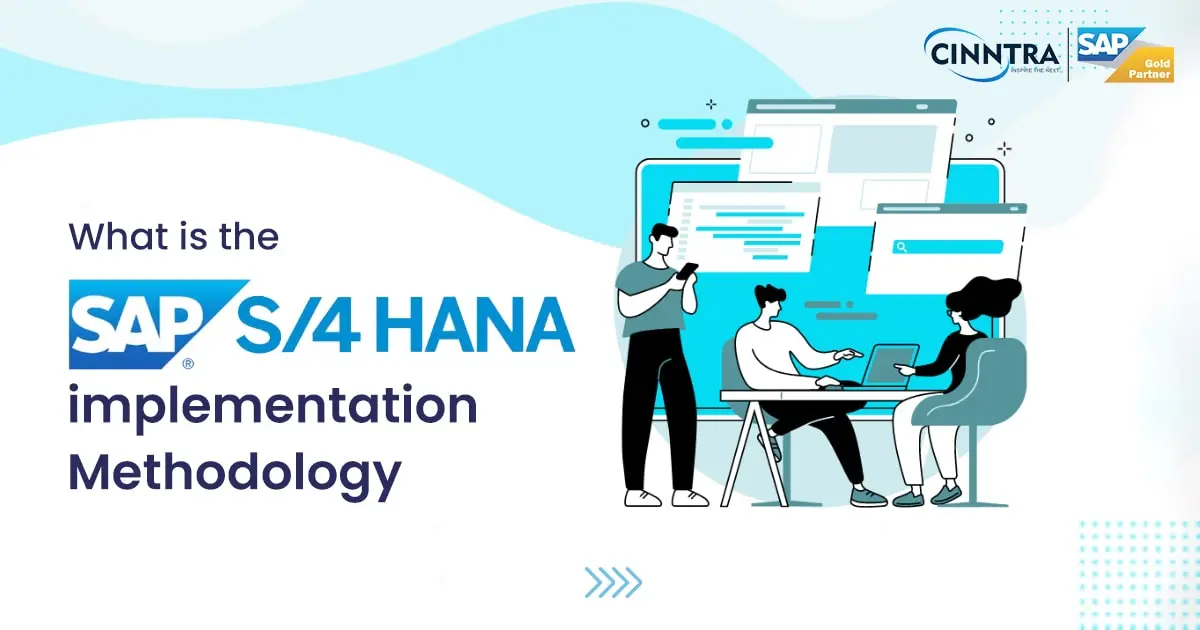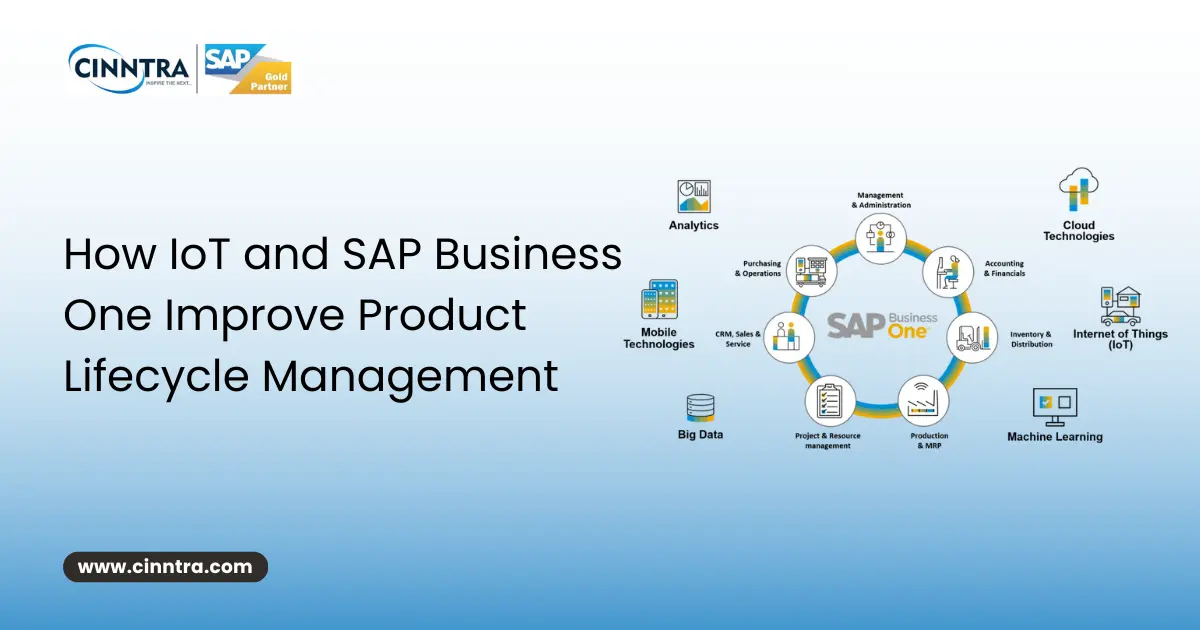What is the SAP S4HANA implementation Methodology?

With the recent updates, SAP will remove its old legacy system SAP ECC by 2027. Thus, you may look for a great alternative that works for your business in the long run.
Many entrepreneurs prefer SAP S/4HANA implementation to be adequate from the perspective of the time. It channelizes synergy in your workflow for the best results. Therefore, you may get the right resources to upscale your business.
There are phases or what we call implementation stages that are step-by-step procedures for installing SAP S/4 HANA Architecture. The first step in the implementation is to encounter the capabilities offered according to the business process.
Explore the Methodology of SAP S4HANA Implementation
SAP S/4 HANA integration empowers the appropriate conveyance deep checks of the cycle over a long time. But, to place its capacities to accomplish business more viable as per market parameters.
Therefore, the first step of the methodology is different for the different industries. You will need a customized roadmap for the SAP S/4HANA implementation.
It tells you the pathway and strategy to implement the SAP S/4 HANA. It also includes collecting information like implementation features, time, and cost required.
1. Business Readiness Check
A standardized report assessing the technical and business preparedness is generated to determine the organization's readiness. This step is performed for the planned SAP S/4 HANA implementation.
Further, the report guides the project team in identifying the appropriate approach.
2. Business Requirement Check
This step involves creating a list of required technical and business changes in the current SAP ECC System. Understanding these changes and how processes will be executed in the new environment is crucial when deciding on the S/4 HANA implementation path.
Furthermore, it addresses whether the new environment supports the existing processes.
3. Verifying the ABAP Code
This step involves checking the ABAP code for accuracy and compatibility with SAP S/4 HANA programming standards. It includes evaluating and adjusting SQL queries in ABAP projects to align with the current norms.
Moreover, SAP S/4HANA implementation deals with the requirements considering the available time for data collection.
4. Environment Architecture
Based on the data gathered during the readiness check and functional workshops with the client, BASIS consultants, and the in-house IT department will evaluate the available system components.
Consultants propose the target environment architecture at the SAP S/4 HANA applications level. The client will use this specific design when planning with the Hardware Service Provider to build the physical environment architecture.
5. a) Brownfield Implementation
A brownfield SAP S/4 HANA implementation is a minimalistic approach that requires a little redesign of business processes. Its benefits include reduced implementation time, lower costs, and unchanged business processes.
Also, it gives you access to new S/4 HANA features like SAP Fiori, HANA database, and Embedded Analytics.
5. b) Greenfield Implementation
A greenfield implementation focuses on a long-term approach by leveraging new S/4 HANA offerings to achieve a competitive advantage. Its benefits include redesigned business processes, enhanced system capabilities, and increased competitive advantage.
Thus, SAP S/4 completes the digital transformation of the business. With SAP S/4 HANA, you can implement a seamless workflow that gives you better results.
Implement SAP S/4 HANA to your System Now!
With ample time available, you can thoroughly assess which scenario will best align with your business requirements within the proposed budget. Ensure your new S/4 HANA implementation support to your business processes for the coming years.
Want to know more about SAP S4HANA implementation methodology, we empower enterprises to leverage the advanced capabilities by upgrading to the latest SAP systems. It enables you to stay ahead of the competition.



0 Comments